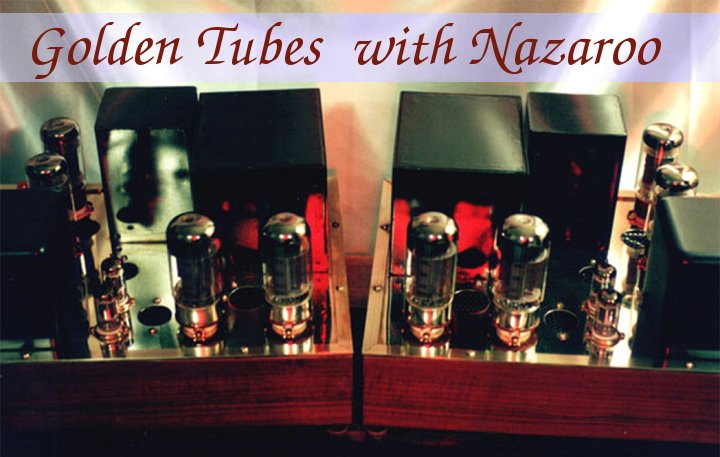Project
Goals:
To
design and build a reliable, high quality, heavy duty power supply
in
a small size that can power 10 – 20 typical guitar pedals,
replacing
9 volt batteries and/or multiple wall-warts.
This
would substitute for a typical $150.00 commercial unit,
available
at music stores or on the internet.
Circuit
Design:
A
transformer-based supply was chosen, to reliably deliver the current
and power required, rather than a lighter but less reliable and/or
noisier 'switching supply'. The simplicity of the design, coupled
with independent regulators will make a low-maintenance unit that
delivers clean D.C. Power and very low noise. (See circuit
diagram).
Full-wave
rectification with de-rated parts and a wide safety margin for
voltages and current was chosen, since consistency of voltage is
needed, while the number of guitar-pedals and their power-needs will
vary greatly and be out of the control of the designer. The unit
must perform consistently under a wide variety of loads.
Important: Each Regulator was mounted on a small heatsink to allow it to operate at high current values.
Guitar pedals range in current-draw from as little as 10 mA to as high as 100 mA.
Using a daisy-chain cable to connect them in parallel,
means the currents will simply add up.
Each regulator can handle a maximum of less than 1 Amp,
so load each branch accordingly.
Examples: (actual measured current draw)
Distortion + (BOSS) - 10 mA
Chorus Factory 7 (Digitech) - 90 mA
Main Squeeze (Digitech) - 80 mA
Accoustic Simulator (BOSS) - 20 mA
Noise Reducer (Behringer) - 30 mA
Ultra Temolo/Pan (Behringer) - 15 mA
Reverb RV600 (Behringer) - 90 mA
Digital Delay DD400 (Behringer) - 95 mA
Dual
branches were chosen, to lessen the load on each branch, and further
isolate various pedals from each other, when connected.
Also,
in case of part-failure, one branch alone can easily drive at least
10 typical guitar-pedals so that the unit can continue in use until
one branch can be repaired.
Long A.C. Mains chord and power-lines were chosen, to allow a physical distance of up to 3 feet from pedal area and/or signal cables, and to allow convenient connection to A.C. Supplies located anywhere on stage.
An
indicator light was added to reveal power-on condition.
A
heavy metal box which can endure abuse was also chosen, to support
the weight of the transformer and protect circuitry.



No comments:
Post a Comment